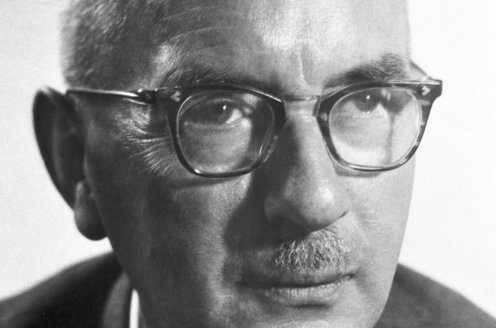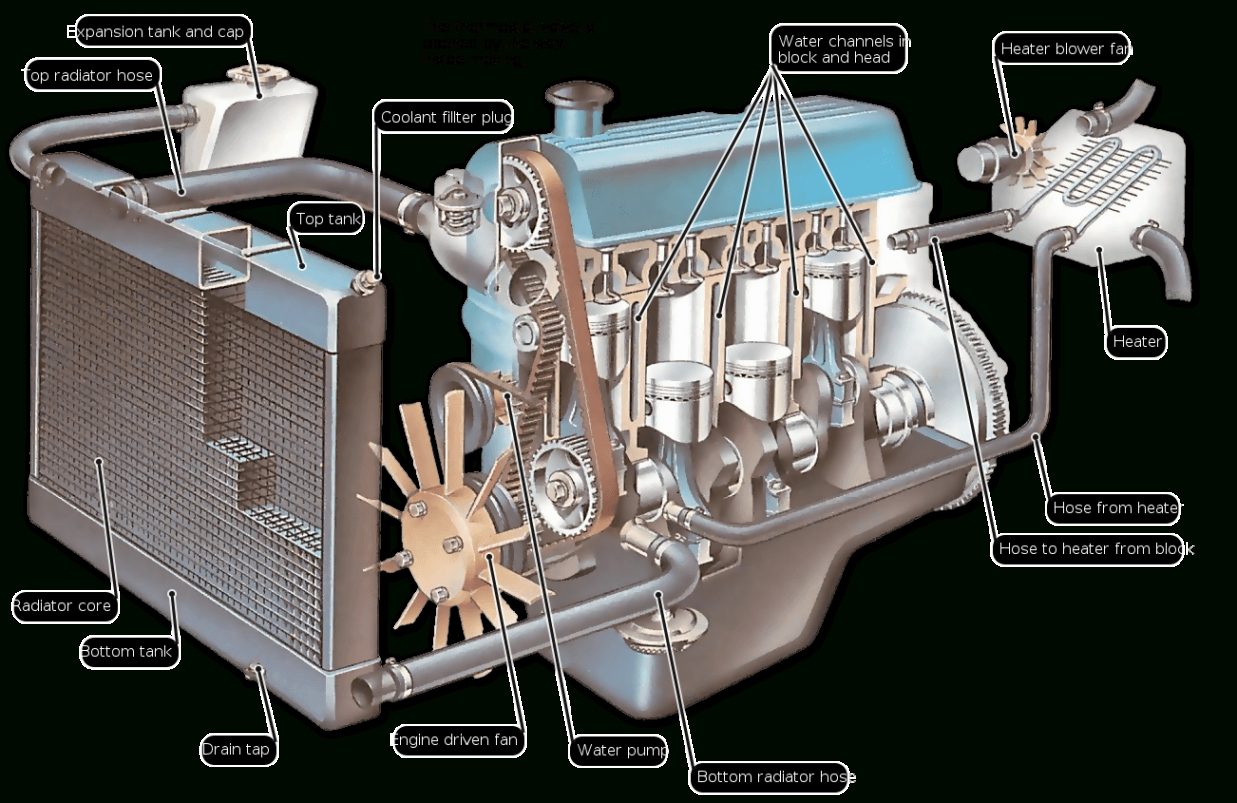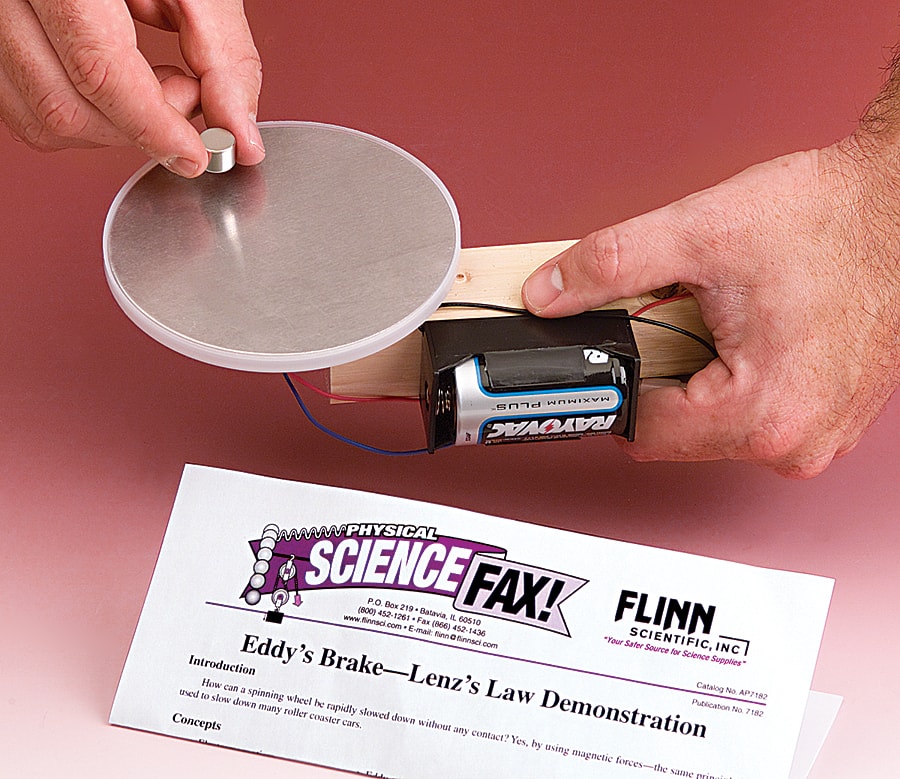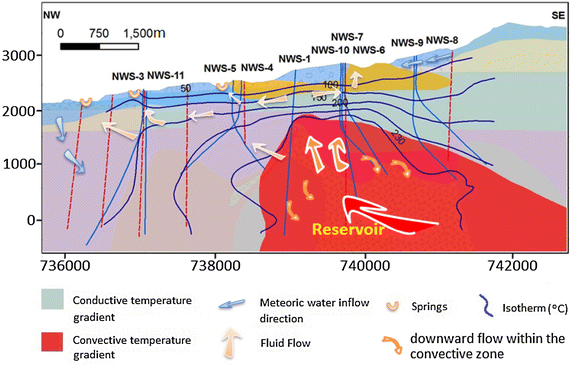The Physics Nobel Prize includes a medal, diploma, and cash award. The Nobel Prize in Physics is the highest honor that a physicist can win for his or her scientific discoveries.
Physics Nobel Prize for 1963
In 1963 the Nobel Prize in Physics was awarded to:
- Eugene Paul Wigner
- Maria Goeppert-Mayer
- J. Hans D. Jensen
Wigner won his share of the prize for his contributions to understanding the atomic nucleus, particularly the fundamental symmetry principles involved. Goeppert-Mayer and Jensen won their share of the prize for their discovery of the shell structure of the atomic nucleus. Goeppert-Mayer is one of only two women to have won the physics Nobel Prize. Marie Curie is the other (1903).
Eugene Paul Wigner
Eugene Wigner helped lay some of the foundations of quantum mechanics. Working theoretically, Wigner was one of the first physicists to apply mathematical group theory to quantum mechanics. These mathematical techniques have helped lead physicists to a greater understanding of the quantum world.
In 1933 Wigner deduced that the strong nuclear forces, binding protons and neutrons in atomic nuclei, are much stronger than the electromagnetic forces when the protons and neutrons are within the nucleus of an atom. However over larger distances, the strong nuclear force is very weak.
Most importantly Wigner applied principles of symmetry in quantum mechanics to help physicists understand the atomic nucleus. For example, the mathematical laws of motion for the protons and neutrons in a nucleus are symmetric with respect to right and left motion as well as symmetric with respect to moving forward and backward in time.
Wigner’s symmetry principles paved the way for Yang and Lee to win the 1957 physics Nobel Prize with their prediction of parity violation. Modern physicists also use Wigner’s symmetry principles as guiding principles to study elementary particles.
Wigner also made many other contributions to nuclear physics. Wigner was present when Enrico Fermi ignited the first nuclear reaction under the stadium in Chicago. Along with Leo Szilard, Wigner helped convince Albert Einstein to write a letter to President Roosevelt urging Roosevelt to initiate the Manhattan Project.
Maria Goeppert-Mayer and J. Hans D. Jensen
Maria Goeppert-Mayer and Hans Jensen started working independently on the structure of the nucleus then became collaborators. They developed the shell model of the nucleus.
Beginning chemistry students learn about shell structure in the orbits of electrons around the nucleus. When an electron shell is complete, the electron structure is stable. The atom is chemically inert and does not easily react chemically.
Analogously Goeppert-Mayer and Jensen discovered that the strong nuclear force causes protons and neutrons to orbit within the nucleus in a shell structure. There are certain numbers of protons and neutrons, which nuclear physicists call magic numbers, that produce particularly stable nuclei as a nuclear shell is completed. These magic numbers are: 2, 8, 20, 28, 50, 82, and 126. If either the number of protons or the number of neutrons in the nucleus equals one of the magic numbers, then the nucleus is stable. If both the number of protons and the number of neutrons equals one of the magic numbers, then the nucleus is even more stable. The nuclear shell model helped nuclear physicists better understand the structure of atomic nuclei.
Eugene Wigner, Maria Goeppert-Mayer, and Hans Jensen, the 1963 Nobel laureates in physics, made important contributions to helping physicists understand quantum mechanics and the nucleus of the atom.









